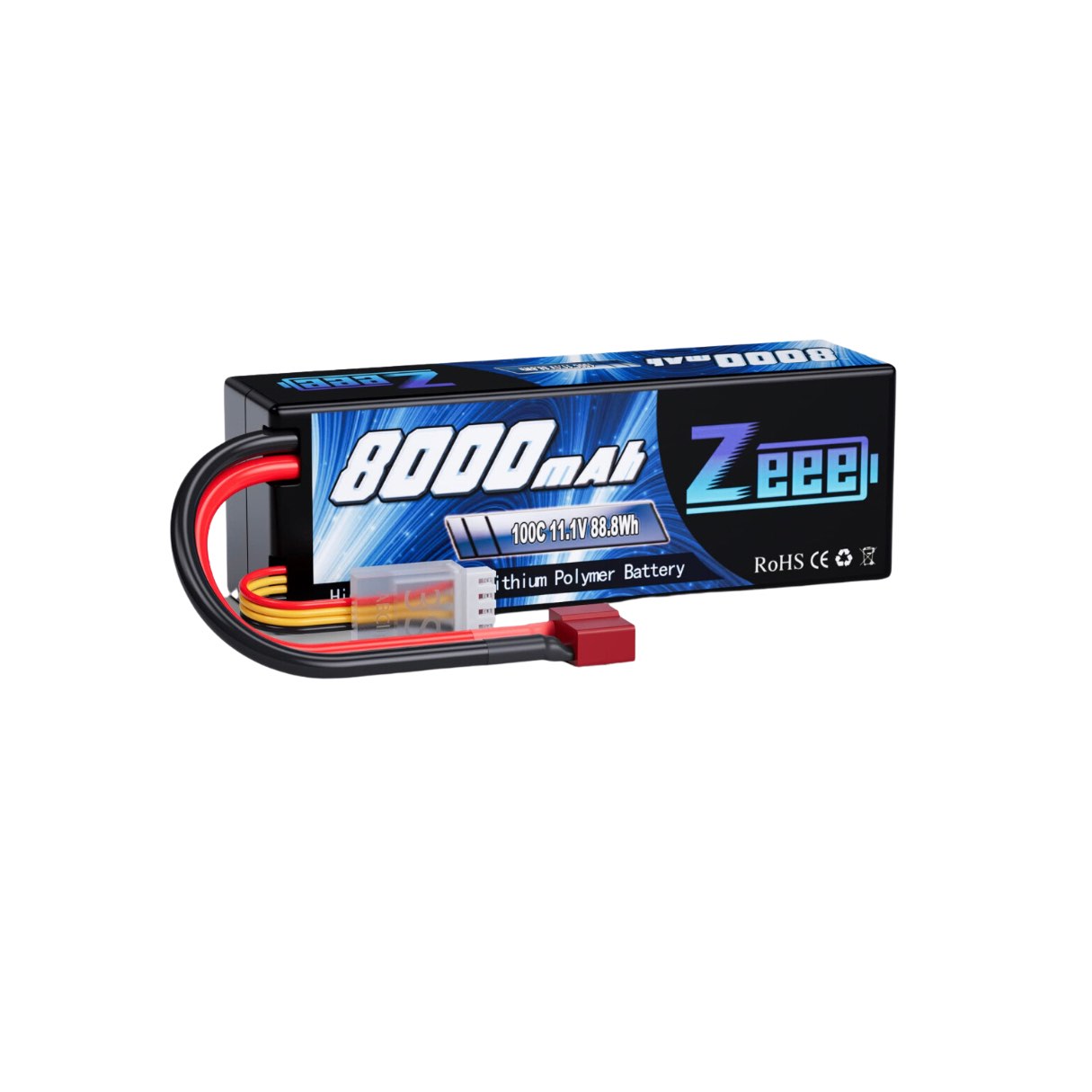

Articles
How To Store Lipo Batteries
Modified: September 1, 2024
Looking for articles on how to store lipo batteries? Discover expert tips and best practices in this comprehensive guide.
(Many of the links in this article redirect to a specific reviewed product. Your purchase of these products through affiliate links helps to generate commission for Storables.com, at no extra cost. Learn more)
Introduction
Lithium Polymer (LiPo) batteries are widely used in many electronic devices, from smartphones to drones. Their compact size, high energy density, and lightweight nature make them a popular choice for portable power needs. However, proper storage and handling of LiPo batteries is crucial to ensure their longevity and safety.
In this article, we will delve into the world of LiPo batteries and explore the best practices for storing them. We will discuss the safety precautions you need to take, the proper techniques for storage, and the considerations for choosing the right storage container. Additionally, we will touch upon temperature and humidity concerns, provide tips for long-term storage, and outline guidelines for transporting LiPo batteries.
By understanding the importance of proper LiPo battery storage, you can prolong their lifespan, prevent accidents, and ensure a steady and reliable power source for your devices. So let’s dive in and learn how to store LiPo batteries effectively.
Key Takeaways:
- Proper storage and handling of LiPo batteries is crucial for longevity and safety. Follow safety precautions, choose the right storage container, and consider temperature and humidity for optimal storage conditions.
- Before storing LiPo batteries, ensure they are discharged to storage voltage, regularly checked for health, and transported following specific guidelines. Prioritize safety to prolong battery lifespan and ensure reliable performance.
Read more: How To Store A Battery
Understanding LiPo Batteries
Before we delve into the storage techniques, it’s important to have a basic understanding of LiPo batteries. Unlike traditional nickel-cadmium (NiCd) or nickel-metal hydride (NiMH) batteries, LiPo batteries are made of a lithium-ion polymer and offer several advantages.
Firstly, LiPo batteries have a higher energy density, meaning they can store more power in a smaller and lighter package. This makes them ideal for applications that require high power output and weight constraints, such as drones, remote-controlled cars, and portable electronic devices.
LiPo batteries also have a lower self-discharge rate compared to other battery types. This means they can hold their charge for longer periods without losing significant power. However, it’s important to note that they will eventually discharge over time, so proper storage techniques are crucial to maintain their capacity.
LiPo batteries are also known for their high discharge rate, which allows them to deliver a large amount of power quickly. This makes them suitable for devices that require bursts of energy, like racing drones or high-performance RC vehicles.
However, it’s essential to handle LiPo batteries with care. They are prone to thermal runaway, a condition where the battery temperature rises uncontrollably, potentially causing the battery to catch fire or explode. This is why proper storage and handling techniques are essential to minimize the risk of accidents.
Now that we have a basic understanding of LiPo batteries, let’s move on to the safety precautions you need to be aware of when storing them.
Safety Precautions
Storing LiPo batteries safely is of utmost importance to prevent accidents and ensure the longevity of the batteries. Here are some essential safety precautions to keep in mind:
1. Avoid Overcharging: Overcharging a LiPo battery can lead to its failure or, in extreme cases, a fire. Always use a charger specifically designed for LiPo batteries and set it to the appropriate voltage and charge rate. Never leave a charging battery unattended.
2. Use a Fireproof Storage Container: LiPo batteries should be stored in a fireproof container specifically designed for battery storage. This container will help contain any potential fire and minimize the risk of it spreading to surrounding objects.
3. Keep Batteries in a Cool, Dry Place: Store LiPo batteries in a cool and dry place, away from direct sunlight, extreme temperatures, and moisture. High temperatures can cause the battery to degrade or even ignite, while moisture can lead to corrosion and damage the batteries’ internal components.
4. Avoid Physical Damage: LiPo batteries are delicate and can be easily damaged if dropped or mishandled. Always handle them with care, and if a battery is physically damaged (e.g., swollen, punctured, or leaking), do not attempt to use or store it.
5. Store Batteries Individually: It is recommended to store each LiPo battery separately to prevent any short-circuits or accidental discharge. Placing batteries in contact with each other or with conducting materials can lead to dangerous situations.
6. Store Partially Discharged: Before storing LiPo batteries for an extended period, discharge them to around 50-60% of their capacity. This helps maintain their overall health and minimizes the risk of self-discharge during storage.
7. Label and Identify Batteries: Clearly label each LiPo battery with its voltage, capacity, and any other relevant information. This will help you identify and handle them correctly and avoid confusion.
By following these safety precautions, you can significantly reduce the risk of accidents and ensure the safe storage of your LiPo batteries.
Proper Storage Techniques
To ensure the longevity and optimal performance of LiPo batteries, it’s essential to follow proper storage techniques. Here are some guidelines to help you store your LiPo batteries effectively:
1. Charge to Storage Voltage: Before storing LiPo batteries, make sure to charge them to the recommended storage voltage. This voltage varies depending on the number of cells in the battery but is generally around 3.8 to 3.85 volts per cell. Avoid storing fully charged or completely discharged batteries.
2. Disconnect from Devices: Ensure that all LiPo batteries are disconnected from the devices they power before storing them. Leaving them connected can lead to slow discharge, which may result in reduced battery capacity and even permanent damage.
3. Remove Connectors or Tape Ends: Remove any connectors or tape ends from the battery terminals. This prevents accidental discharge or short-circuits during storage.
4. Place in a Fireproof Storage Bag: Store each LiPo battery individually in a fireproof storage bag. These bags are made of fire-resistant materials and can help contain any potential fires that may occur due to battery failure.
5. Store in a Well-Ventilated Area: When storing LiPo batteries, ensure they are kept in a well-ventilated area. This helps dissipate any heat generated during storage and reduces the risk of thermal runaway.
6. Keep Away from Flammable Materials: Store LiPo batteries away from any flammable materials, such as gasoline, oil, and other chemicals. This helps minimize the risk of fire hazards.
7. Regularly Inspect Batteries: Periodically inspect your LiPo batteries for any signs of physical damage, swelling, or leakage. If you notice any abnormalities, discontinue using or storing the battery and follow the appropriate disposal procedures.
8. Store at Room Temperature: LiPo batteries should be stored at room temperature, ideally between 20-25 degrees Celsius (68-77 degrees Fahrenheit). Avoid exposing them to extreme temperatures, as both hot and cold environments can negatively impact battery performance and safety.
By implementing these proper storage techniques, you can ensure the safety and longevity of your LiPo batteries, providing you with reliable power when you need it.
Choosing the Right Storage Container
When it comes to storing LiPo batteries, choosing the right storage container is essential to ensure safety and prevent any accidental discharge or fire hazards. Here are some considerations to help you select the appropriate storage container:
1. Fireproof Material: Look for storage containers made of fireproof materials, such as metal or ceramic. These materials are better equipped to contain any potential fires caused by a malfunctioning or damaged battery.
2. Sturdy Construction: The storage container should be sturdy and durable to protect the batteries from physical damage. It should be able to withstand accidental drops or impacts to prevent any short-circuits or punctures.
3. Individual Compartments: It’s advisable to choose a storage container that provides individual compartments or divisions for each LiPo battery. This helps to keep them separated and minimizes the risk of accidental contact or short-circuits.
4. Ventilation: Ensure that the storage container has adequate ventilation to allow for the dissipation of any heat generated during storage. Good airflow helps to keep the temperature inside the container stable and reduces the risk of thermal runaway.
5. Insulation: Look for containers that provide insulation against extreme temperatures. This helps to maintain a more stable environment within the container and protects the batteries from temperature variations that could degrade their performance or compromise their safety.
6. Sealable Lid: The storage container should have a sealable lid that securely closes to keep the batteries protected and prevent any potential hazards. The lid should fit tightly and create a barrier against moisture and other external elements.
7. Clear Labeling: It’s crucial to choose a storage container that allows for clear labeling. This way, you can easily identify the contents and keep track of the voltage, capacity, and other important information of each LiPo battery stored.
Remember, storing LiPo batteries in a proper container not only mitigates safety risks but also keeps them organized and easily accessible when needed. By following these guidelines, you can make an informed choice and select a storage container that meets your specific needs.
Store lipo batteries at room temperature in a fireproof container, away from direct sunlight and moisture. Keep them at a partial charge (around 50%) for long-term storage.
Read more: How To Store Batteries
Temperature and Humidity Considerations
Temperature and humidity play a crucial role in the storage of LiPo batteries. Improper environmental conditions can affect battery performance, lifespan, and safety. Here are some temperature and humidity considerations to keep in mind when storing LiPo batteries:
1. Temperature Range: LiPo batteries should ideally be stored at room temperature, between 20-25 degrees Celsius (68-77 degrees Fahrenheit). Avoid exposing them to extreme temperatures, as high temperatures can accelerate battery degradation and increase the risk of thermal runaway, while extremely low temperatures can lead to reduced capacity and potential damage.
2. Avoid Rapid Temperature Changes: Sudden and extreme temperature changes can be detrimental to LiPo batteries. Avoid storing or exposing them to places with rapid temperature fluctuations, such as near heaters, air conditioning units, or direct sunlight. Gradual changes in temperature are preferable to maintain the stability of the batteries.
3. Humidity Levels: High humidity levels can promote corrosion and damage the internal components of LiPo batteries. Store them in a dry environment with humidity levels between 20-50%. Consider using desiccants, such as silica gel packets, to aid in moisture absorption and maintain a low humidity level within the storage container.
4. Avoid Damp Areas: Moisture can seep into LiPo batteries, causing internal damage and compromising their performance. Avoid storing them in damp or humid areas like basements, bathrooms, or near water sources. Choose a dry location with good airflow for optimal storage conditions.
5. Condensation: Be cautious of condensation forming on the batteries when transitioning between different temperature environments. Allow the batteries to acclimate to the new temperature gradually and avoid using them until they have reached room temperature. Wipe off any condensation before storage to prevent moisture from affecting the battery.
6. Temperature Monitoring: Consider using a temperature and humidity monitor within the storage container to keep track of the environmental conditions. This can provide insights into any fluctuations and help you maintain the ideal storage conditions for your LiPo batteries.
By paying attention to temperature and humidity considerations, you can ensure that your LiPo batteries are stored in an environment that maximizes their lifespan, performance, and safety.
Tips for Long-Term Storage
Long-term storage of LiPo batteries requires some additional precautions to maintain their health and prevent self-discharge. Here are some tips to follow for effective long-term storage of your LiPo batteries:
1. Discharge to Storage Voltage: Before storing LiPo batteries for an extended period, discharge them to the recommended storage voltage. As mentioned earlier, this voltage is typically around 3.8 to 3.85 volts per cell. Storing batteries at this level helps prevent over-discharge or excessive self-discharge during storage.
2. Regular Capacity Checks: Periodically check the capacity of your LiPo batteries while in storage. This can be done by using a battery analyzer or charger with a capacity testing feature. If you notice significant capacity loss, it might be an indication that the battery needs to be cycled or replaced before storage.
3. Recharge Every 3-6 Months: Even in storage, LiPo batteries gradually self-discharge over time. To prevent excessive discharge, recharge the batteries every 3-6 months, depending on the storage conditions and manufacturer recommendations. This ensures they maintain a healthy charge level and prevents irreversible and deep discharges.
4. Store in a Cool Environment: LiPo batteries have optimum storage conditions when kept in a cool environment. Aim to store them in an area with stable temperatures between 20-25 degrees Celsius (68-77 degrees Fahrenheit). Avoid storing batteries in locations prone to high heat, such as attics or near heating sources.
5. Consider Using a Storage Voltage Checker: A storage voltage checker is a simple device that allows you to quickly check the voltage of your LiPo batteries without the need for a charger. This helps you monitor their voltage levels and determine if they need to be recharged or maintained.
6. Properly Label and Organize: Maintain proper labeling and organization of your stored LiPo batteries. Clearly label each battery with its voltage, capacity, and storage date. Arrange them in a systematic manner to easily identify and access the batteries when needed.
7. Store in a Fireproof Container: As mentioned earlier, store your LiPo batteries in a fireproof container specifically designed for battery storage. This ensures that any potential fires caused by battery failure are contained and do not spread to other objects or surroundings.
By following these tips for long-term storage, you can preserve the capacity and performance of your LiPo batteries, ensuring they are ready for use when you need them.
Checking Battery Health before Storage
Before storing your LiPo batteries for an extended period, it’s important to check their health to ensure optimal performance and safety. Here are some steps you can take to assess the health of your batteries before storage:
1. Visual Inspection: Start by visually inspecting each LiPo battery for any signs of physical damage, swelling, or leakage. Look for bulging or puffed cells, punctures, or any irregularities on the battery casing. If you notice any abnormalities, do not store or use the battery and follow the appropriate disposal procedures.
2. Internal Resistance Measurement: Use a battery internal resistance meter or a specialized LiPo charger with internal resistance measurement capabilities to check the resistance of each cell. An increase in internal resistance may indicate that the battery is aging or compromised. If the readings are significantly higher than normal, it might be a sign that the battery needs to be cycled or replaced.
3. Capacity Testing: Determine the capacity of your LiPo batteries by using a battery analyzer or charger with capacity testing features. Fully charge each battery and then discharge it at a controlled rate to measure its capacity. Compare the measured capacity with the battery’s rated capacity to assess its health. If the battery’s capacity has significantly decreased, it may be time to consider replacing it.
4. Voltage Check: Check the voltage of each LiPo cell to ensure they are balanced and within the acceptable range. Use a digital multimeter or a LiPo cell voltage checker to measure the voltage of each individual cell. If the voltage readings vary significantly between cells or are outside the recommended range, it could indicate an imbalance or potential cell failure.
5. Discharge Testing: If you have access to a discharge tester, you can perform a full discharge test on each LiPo battery to assess its overall health and capacity. This test provides a more comprehensive evaluation of the battery’s performance under load and helps identify any issues with capacity or voltage sag.
6. Cycle the Battery: If you notice any concerns about the battery’s health during the above checks, consider cycling the battery. Cycling involves fully charging and discharging the battery multiple times to help restore its performance and capacity. However, if the battery does not improve after several cycles, it may be time for replacement.
By performing these routine health checks on your LiPo batteries before storage, you can identify any potential issues, ensure the safety of your equipment, and have a better understanding of which batteries may require maintenance or replacement.
Transportation Guidelines for LiPo Batteries
Transporting LiPo batteries safely is crucial to minimize the risk of accidents and ensure compliance with regulations. Whether you’re traveling by air, land, or sea, it’s important to follow these transportation guidelines for LiPo batteries:
1. Carry-on vs. Checked Luggage: When traveling by air, it is highly recommended to carry LiPo batteries in your carry-on luggage rather than checking them in. Most airlines have specific regulations regarding the transportation of LiPo batteries, and carrying them in your carry-on allows you to keep a closer eye on their safety and prevent any potential damage or mishandling in checked bags.
2. Battery Capacity Limits: Airlines often impose limits on the capacity of batteries that can be carried aboard. Generally, LiPo batteries with a capacity of up to 100 watt-hours (Wh) or equivalent milliamp-hours (mAh) can be transported without special approval. However, it is essential to check the specific regulations of the airline you are traveling with to ensure compliance.
3. Battery Packaging: LiPo batteries should be appropriately packaged for transport to prevent short-circuits and accidental activation. Each battery should be individually protected and isolated to avoid any contact with conducting materials or other batteries. Use dedicated battery bags or cases, or place each battery in a separate plastic bag to provide insulation and protect against physical damage.
4. Terminal Protection: To prevent accidental activation during transportation, ensure that the battery terminals are well protected. Cover the terminals with insulating tape or use protective caps designed specifically for LiPo batteries to prevent any contact with conducting materials.
5. Equipment Deactivation: Prior to transport, make sure all electronic devices powered by LiPo batteries are turned off. This helps mitigate the risk of accidental activation or short-circuits during transportation.
6. Follow Airline Regulations: Familiarize yourself with the specific regulations of the airline you are traveling with regarding LiPo batteries. Different airlines may have slight variations in their policy, so ensure you are aware of any specific requirements, documentation, or additional safety measures they may impose.
7. Declaration and Disclosure: If required, make sure to declare your LiPo batteries at the airport security checkpoint. Be honest and transparent about the batteries you are carrying, and follow any instructions or guidance provided by the security personnel with regards to handling and storage.
8. Consult Local Regulations: If you are transporting LiPo batteries by land or sea, it is important to consult local transportation regulations and guidelines. Different countries or regions may have specific rules regarding the transportation of hazardous materials, including LiPo batteries.
Following these transportation guidelines helps ensure the safe handling and transport of LiPo batteries, reducing the risk of accidents and ensuring compliance with regulations.
Read more: How To Store Milwaukee Batteries
Conclusion
Proper storage of LiPo batteries is essential for maintaining their performance, longevity, and safety. By following the guidelines and best practices discussed in this article, you can ensure that your LiPo batteries remain in optimal condition while minimizing the risk of accidents and damage.
We started by understanding the characteristics of LiPo batteries, including their high energy density and discharge rates. We then emphasized the importance of safety precautions, such as avoiding overcharging, using fireproof storage containers, and keeping batteries in a cool, dry place.
We discussed the significance of choosing the right storage container, which should be fireproof, sturdy, and provide individual compartments. Temperature and humidity considerations were also highlighted, emphasizing the need to store LiPo batteries at room temperature and avoiding extreme conditions.
Furthermore, we provided tips for long-term storage, including discharging batteries to storage voltage, regular capacity checks, and recharging every few months. We also emphasized the importance of checking battery health before storage through visual inspections, internal resistance measurements, capacity testing, voltage checks, and cycling if necessary.
Lastly, we addressed guidelines for transporting LiPo batteries, including carrying them in carry-on luggage, adhering to battery capacity limits, proper packaging, terminal protection, following airline regulations, and consulting local transportation guidelines.
By following these recommendations, you can ensure the safe storage, handling, and transport of your LiPo batteries, prolonging their lifespan and enjoying reliable performance for your electronic devices.
Remember, always prioritize safety when dealing with LiPo batteries, as mishandling can lead to accidents, damage, or even fire. Stay informed, stay organized, and practice proper storage techniques to make the most out of your LiPo batteries and enjoy a seamless and worry-free power experience.
Frequently Asked Questions about How To Store Lipo Batteries
Was this page helpful?
At Storables.com, we guarantee accurate and reliable information. Our content, validated by Expert Board Contributors, is crafted following stringent Editorial Policies. We're committed to providing you with well-researched, expert-backed insights for all your informational needs.
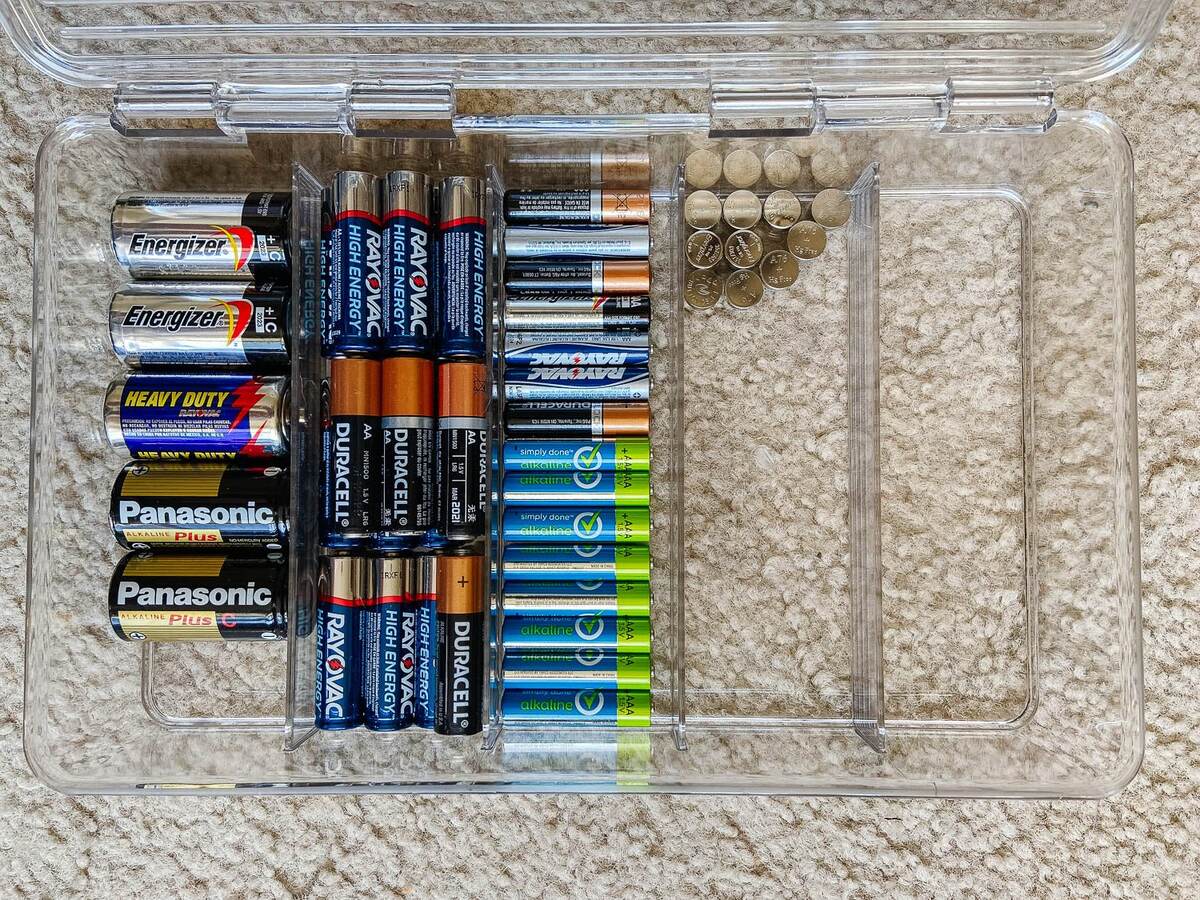

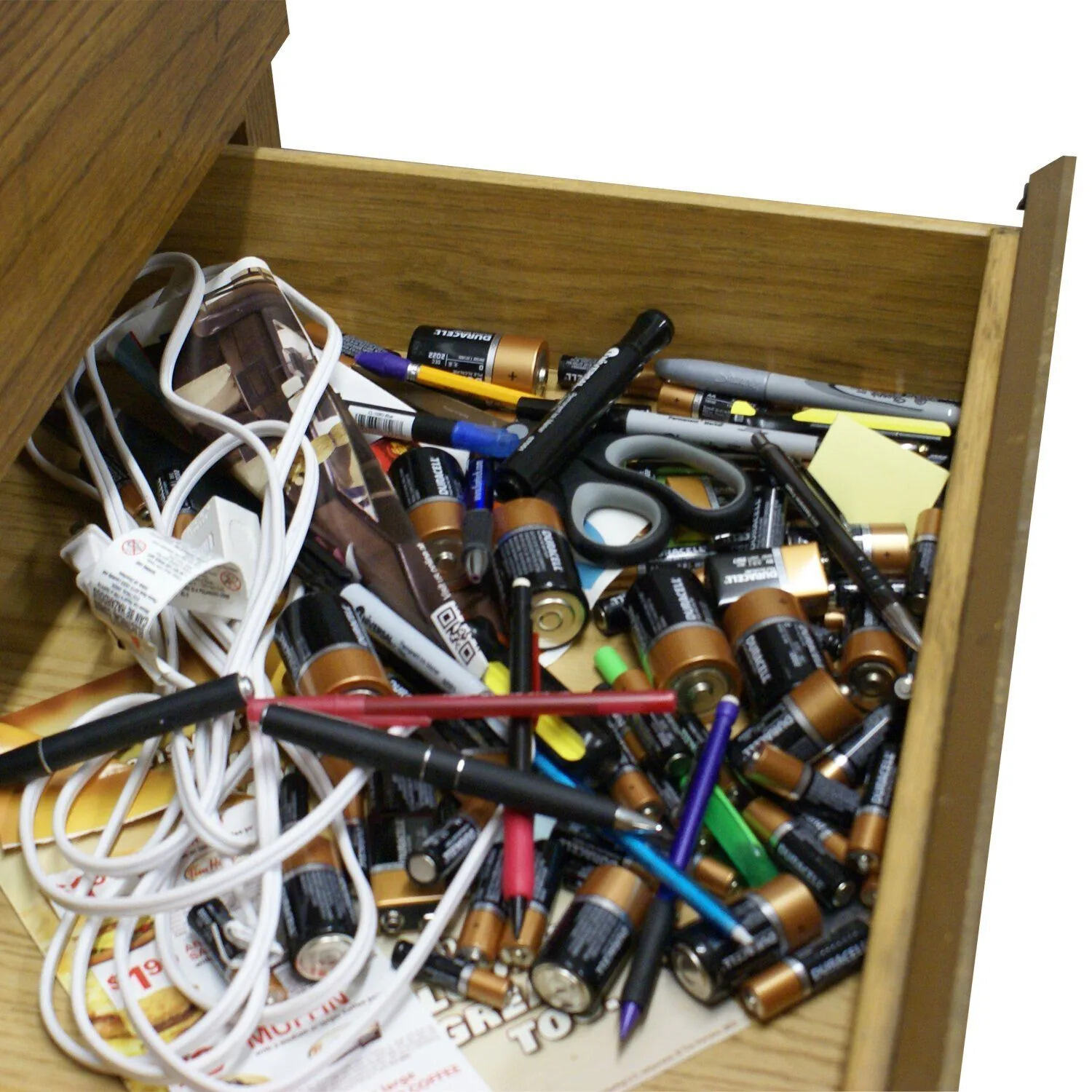
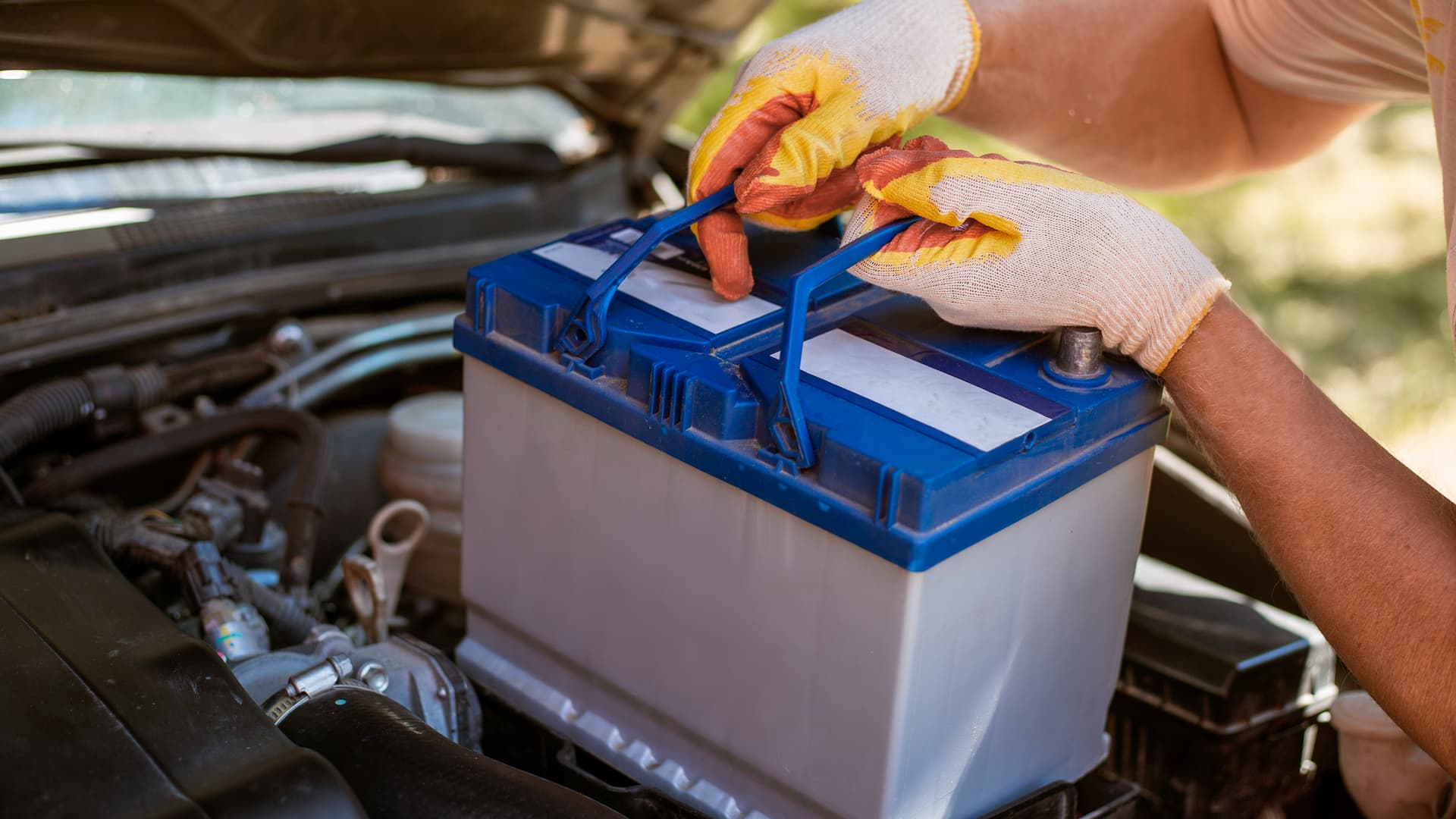
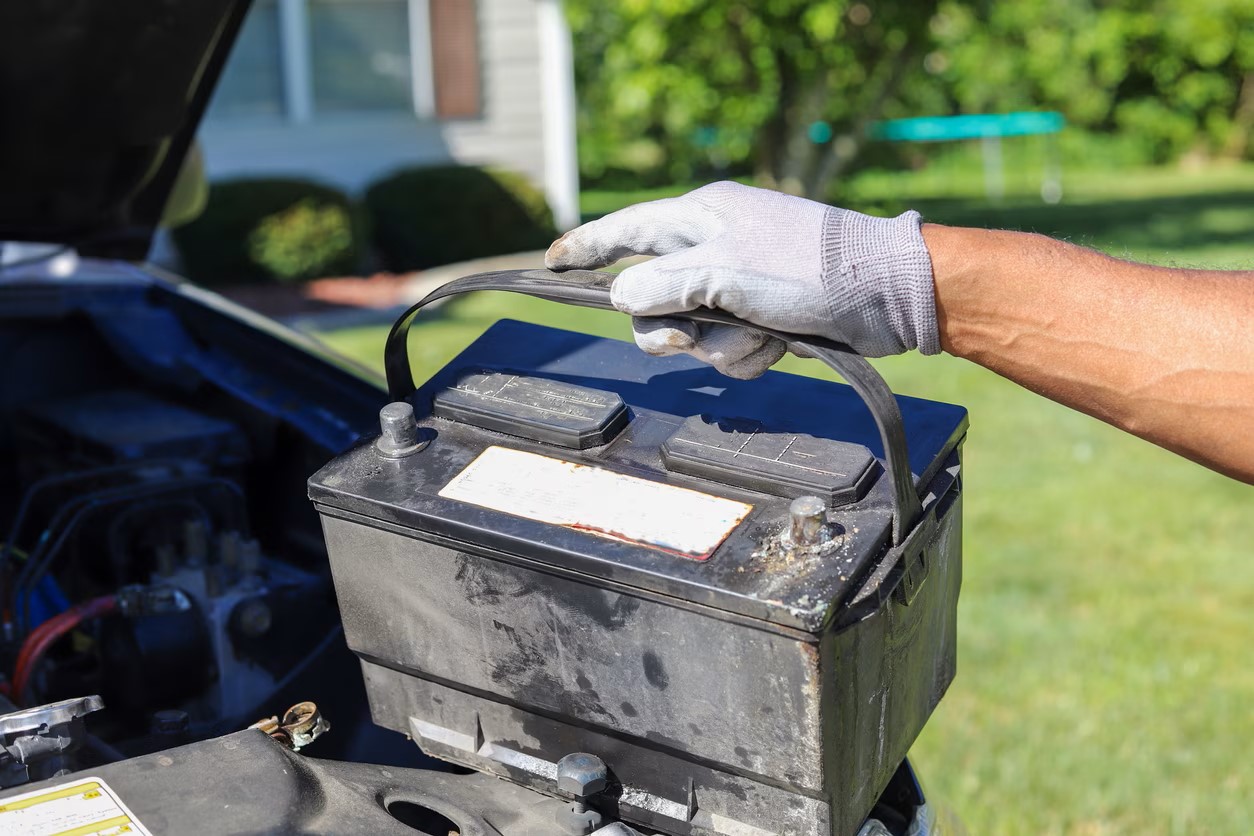


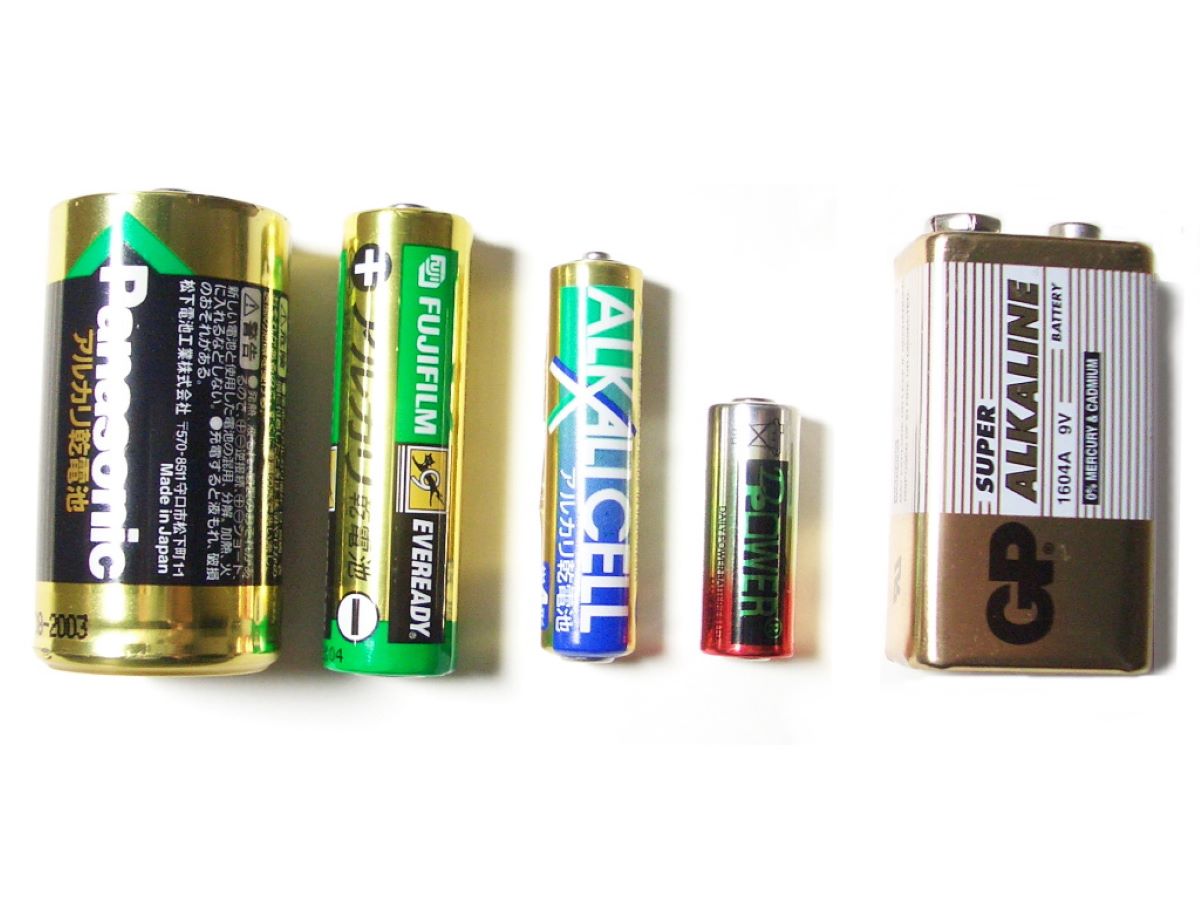
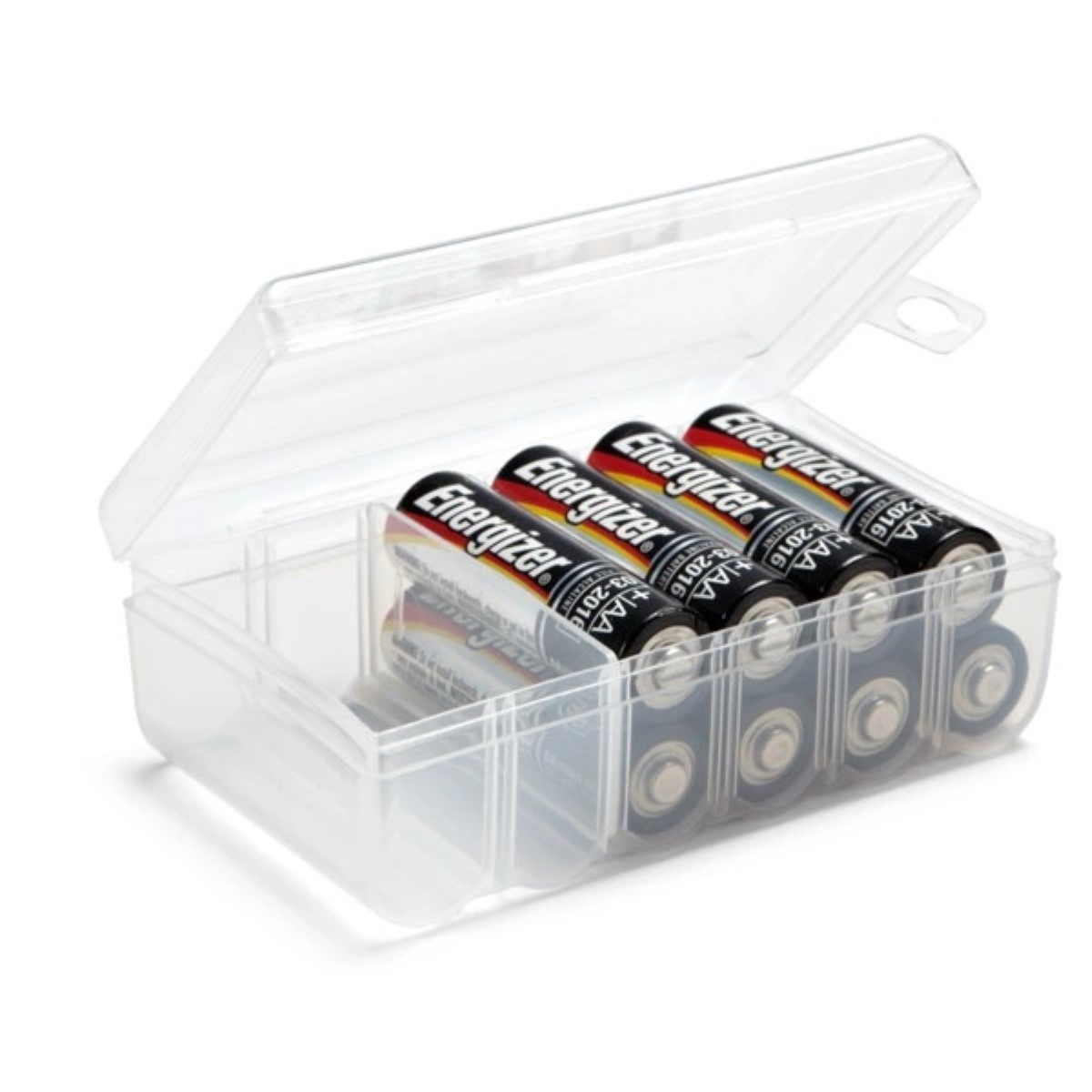

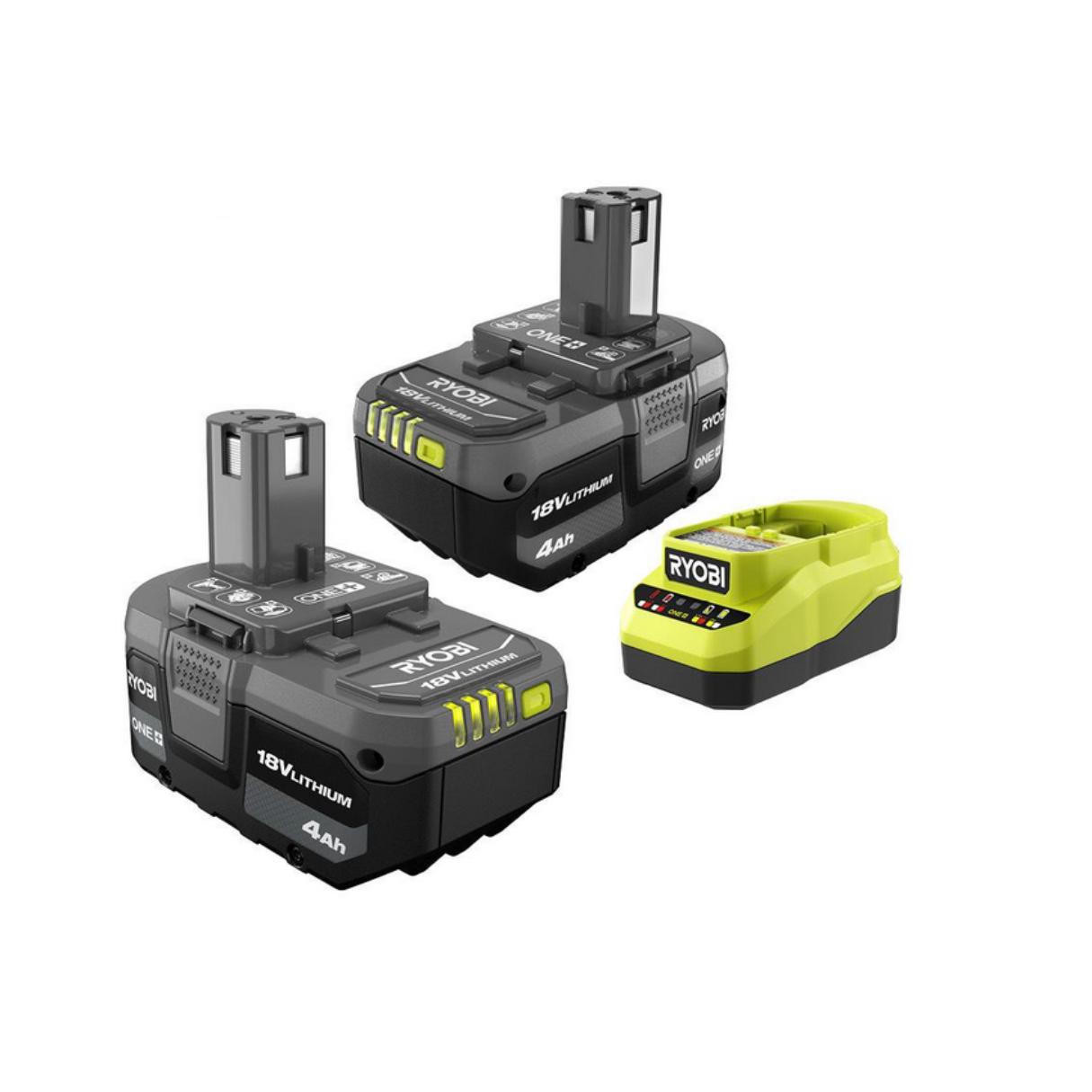
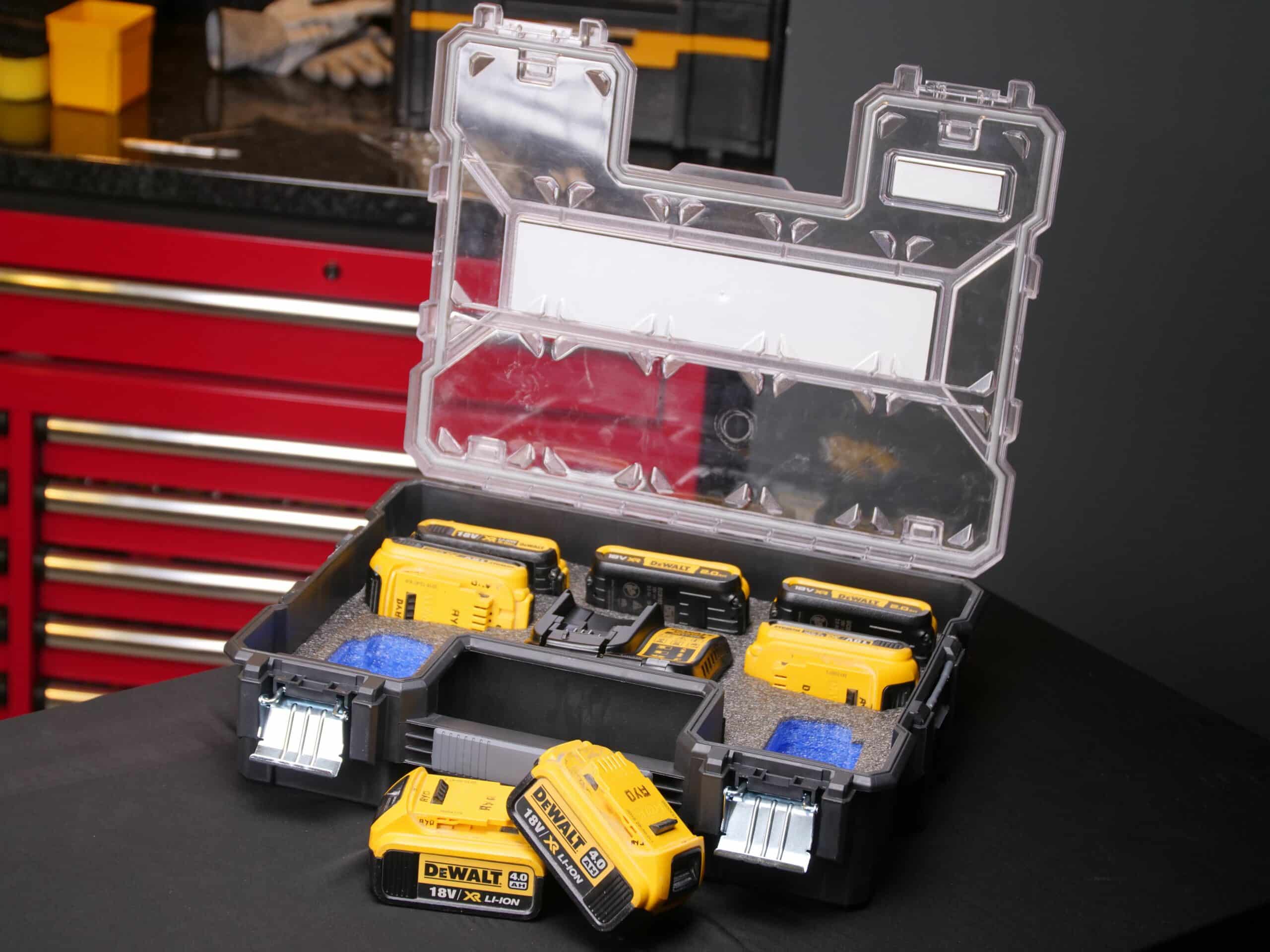
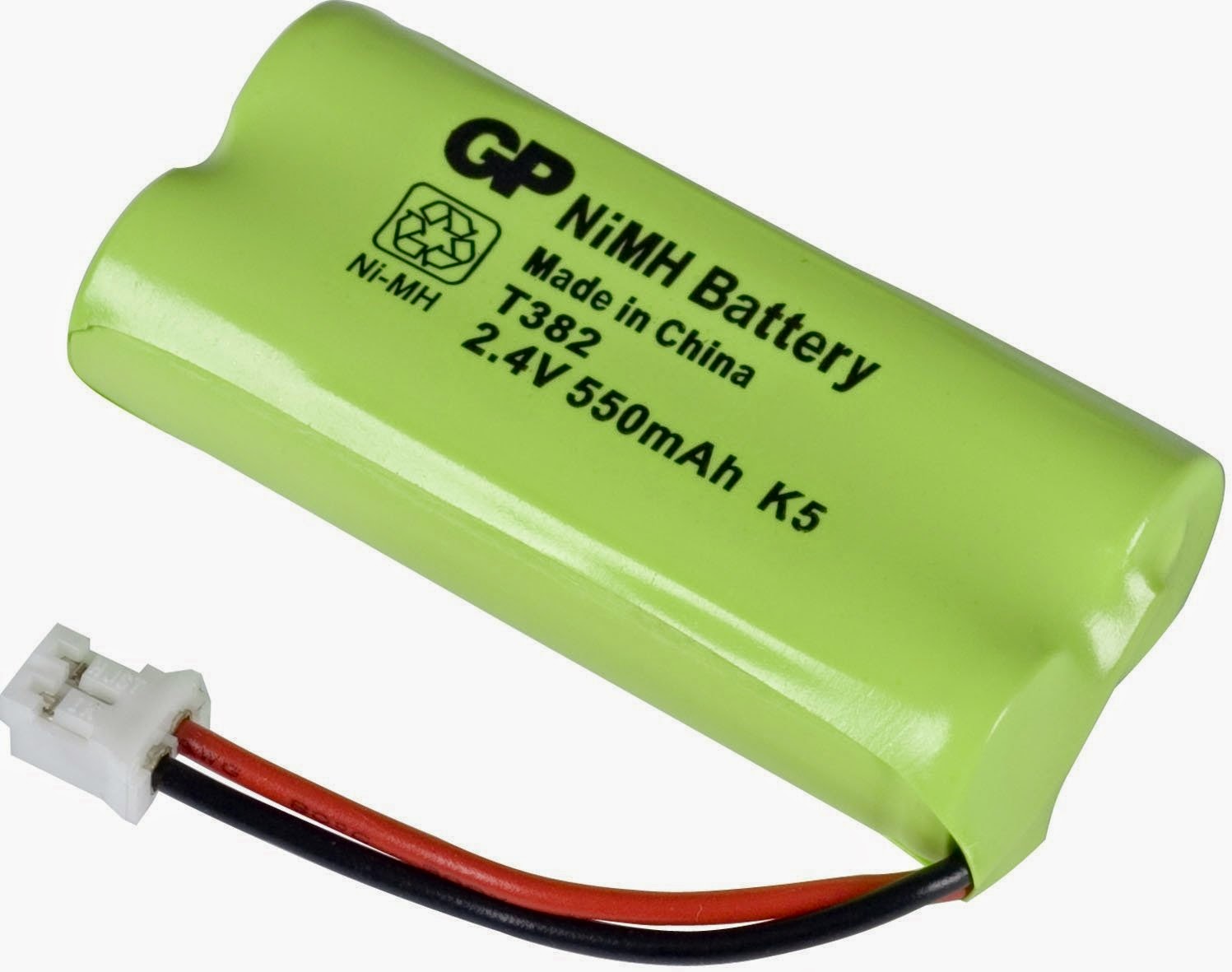

0 thoughts on “How To Store Lipo Batteries”